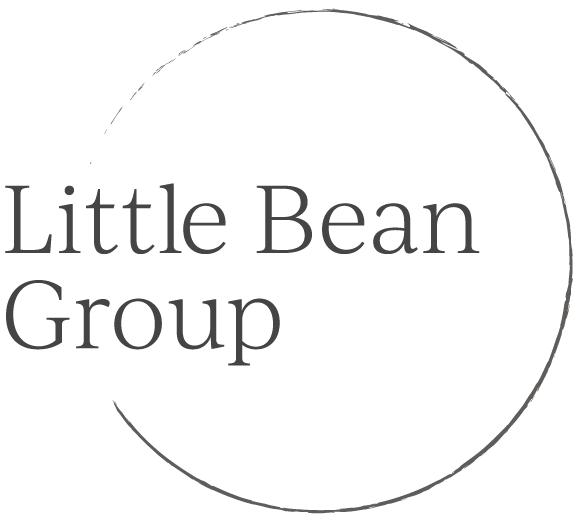During the early months of the year, gift activity slows, making it a great time to analyze your overall approach. Check to make sure you aren’t making these common fundraising mistakes:
1. Overlooking the importance of a prompt and meaningful thank you
This point is common fundraising knowledge, but it bears repeating. A prompt and meaningful thank you is the single most important step you can take to make a donor feel appreciated and acknowledged.
Think about it—your donor chose to give their money to your organization because they believed it would make a difference in an area where they felt passionate. Their generous action requires prompt positive reinforcement. A meaningful thank you—showing the gift’s impact on your mission, not just a transactional receipt—cements the donor’s warm feelings about your cause. The beginning of the year is a great time to set up the processes necessary to make sure swift and sincere acknowledgments are the foundation of your stewardship plans.
Sadly, despite this being common knowledge, I see in both my personal and professional experience that it’s not commonplace. Thank donors promptly and meaningfully, and you will stand out. I have more thoughts on thank you notes that you can read here.
2. Ineffective donor stewardship
Properly stewarding donors is key to their long-term engagement with your cause. While more detailed plans are a key part of a major gifts strategy, I’d like to focus here on issues that impact the stewardship of all donors. Take a look at your basics now and you can uncover some quick wins.
- How is your donor data collection? Is it accurate and clean? Is there software that could yield improvements? Having sound technology at the center of your donor stewardship is key.
- Are you recording donors’ communication preferences? Have you asked them how often they’d like to be contacted? Honoring donors’ wishes in this area is an important way to show them that their relationship matters.
- Try to make a donation on your website—is the online giving experience seamless? Are there any pain points in the process? Is contact information for a real person in the development office easily accessible? Even a small hiccup in an online system can cause a donor to give up. This represents a loss for your organization—not just of a one-time donation, but a potential relationship.
3. Inaccurate goal setting
Annual goal setting is a delicate dance between fundraisers, boards, program managers, and leadership. This requires honest—and sometimes difficult—conversations. Were you fortunate enough to receive an unprecedented gift last year? Were there COVID-specific grants or gifts that are likely to be one-time? Carefully consider these outliers when making new annual projections. Avoid adding baseline percentages to all revenue categories without diving deeper.
Goal setting needs to take into account not only organizational performance, but also the wider giving environment. Going into 2022, this picture is somewhat mixed, and there also may be special considerations in your local environment.
4. Discounting smaller gifts
This observation harkens back to the earlier point about prompt thank you letters—you won’t have time to personally steward everyone. But having solid acknowledgement processes in place ensures that your donors making smaller gifts feel promptly and meaningfully thanked in a way that signifies their critical importance to you.
If you’re lucky enough to meet one of these donors or to get them on the phone, ask questions. What inspired them to give to your organization? What is their story? You’ll be surprised with what you can uncover that will deepen their connection.
Finally, here’s a fun fact—research has shown that small-dollar donors make up a significant, and even a majority, of bequest dollars at many organizations. Don’t neglect these important people!
5. Not playing the long game
While monthly, quarterly, and annual reporting and goals will always be with us, we can’t lose sight of the fact that fundraising—and the effectiveness of our organizations—is a long game. The societal problems we work to address are urgent and require resources to tackle. Just as there are no quick fixes to these problems, we need to resist band-aid solutions in our own work. Unsustainable fundraising—think of the board member who wants to add just one more event on an already overloaded staff—not only drains fundraisers, but also has the potential to damage donor relationships. A comprehensive fundraising plan that honors and deepens donor relationships while also realistically reflecting staff and volunteer capacity is possible. It requires discipline and focus to set sustainable goals that will help you achieve success.
Do you need help putting this sound strategy in place? I’d love to talk with you.
